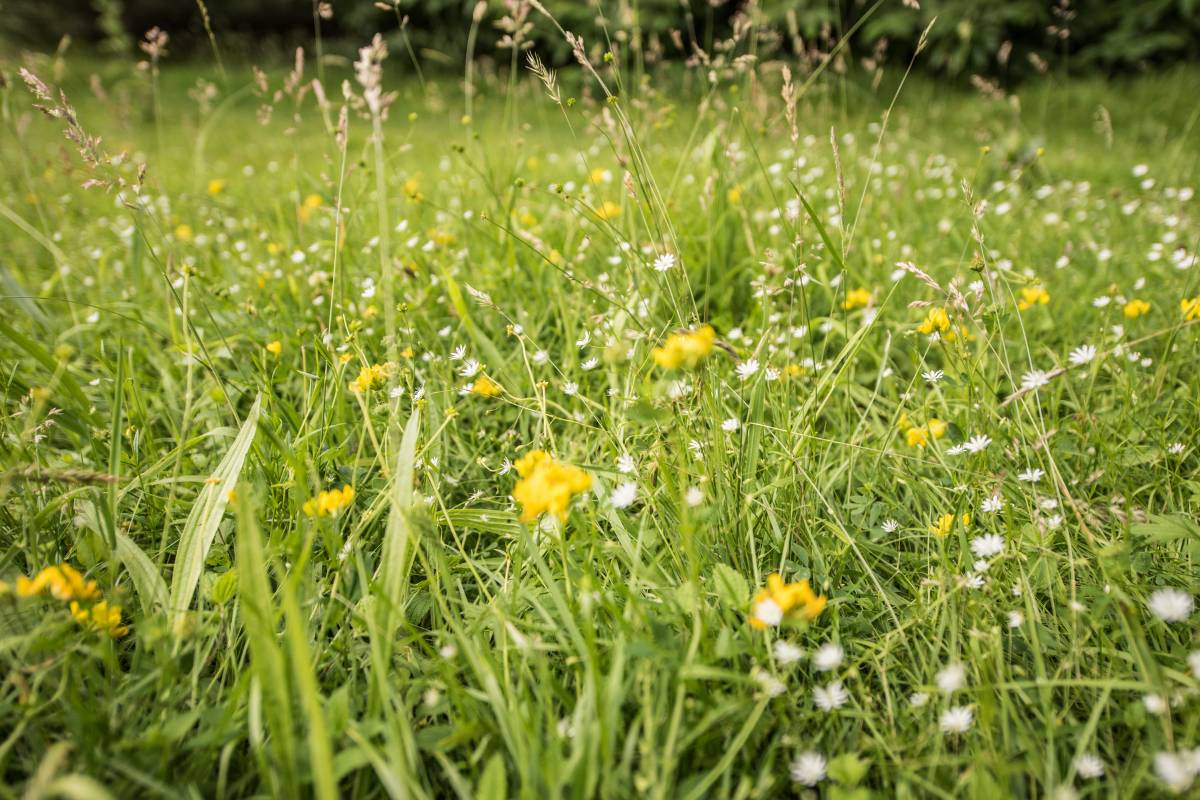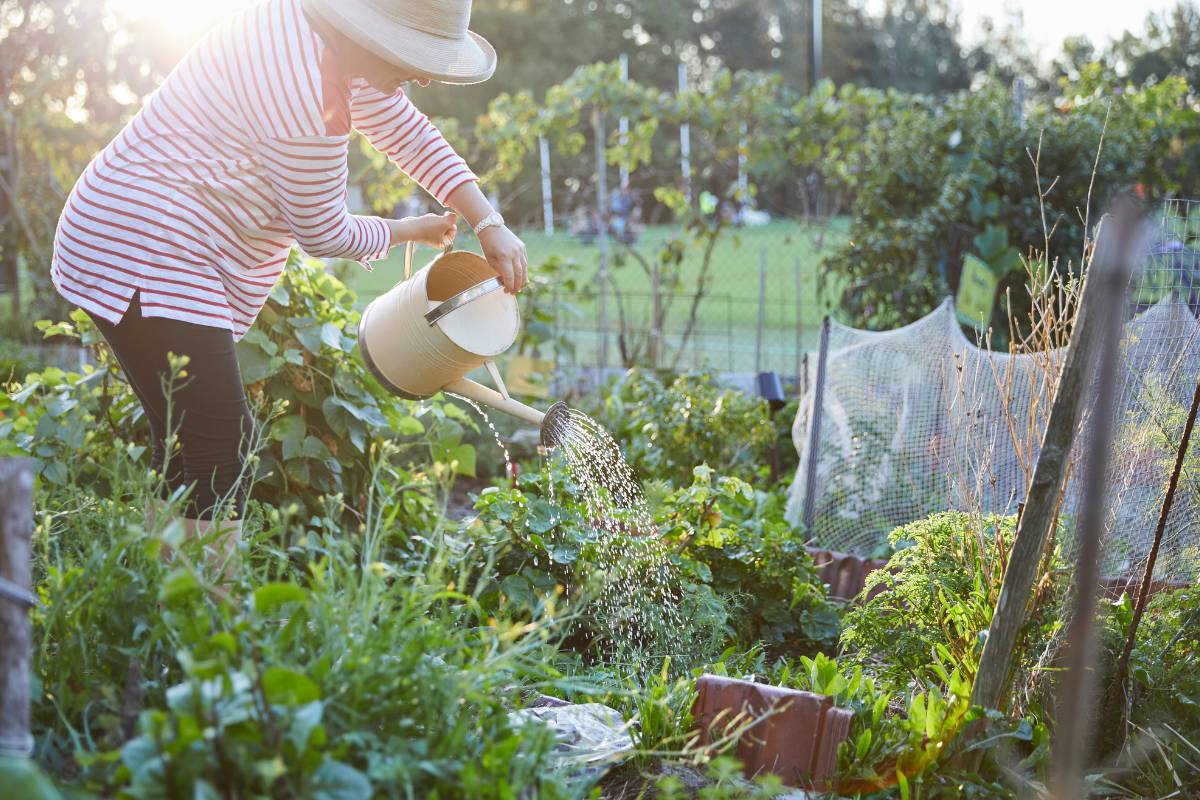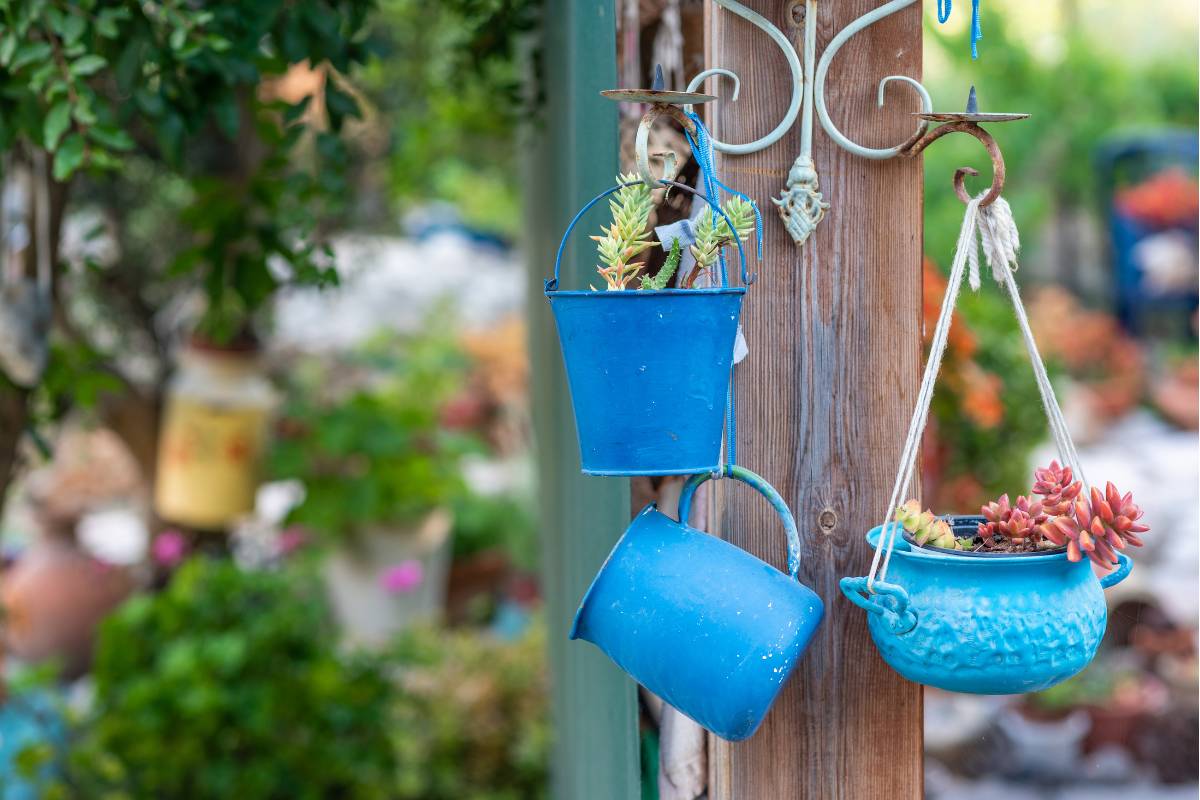Gardening is an ever-evolving activity, and staying informed about the latest trends can help you make the most of your green space. Whether you put them into practice at your place or just want to be in the know, here are five gardening trends to watch out for this year.
1. Miyawaki Forests
Originating in Japan, this gardening trend focuses on creating densely planted mini forests. Named after forest ecologist Akira Miyawaki, who developed the technique in the 1970s, the method involves selecting a mix of native species of different types and planting densely to create a thick forest-like grove.
Miyawaki forests attempt to mimic natural forest growth patterns, which results in spaces that are not just beautiful but are also havens for local wildlife. It's all about quick and efficient revegetation and maximising biodiversity. Renewed interest in the technique has been sparked by an awareness of the benefits of small forests for cooling urban areas, as well as in the therapeutic effects of bringing people into contact with nature. While the focus to date has been on public land and parks, some home gardeners are also transforming their gardens into mini (or micro) forests.
2. Rewilding
As gardeners, we have a unique opportunity to shape the environment in our backyards. Rewilding involves stepping back from that role and instead letting nature take the reins. To make it happen, develop an appreciation of natural ecosystems, reduce the intensity of your gardening interventions and allow your garden to return to a more natural state. The benefit is less maintenance while providing a home for pollinators and other wildlife, ideally in an almost self-sustaining way.
While the vision of untamed wildflower meadows buzzing with bees and butterflies is appealing, the reality is that careful planning and ongoing maintenance are needed to get the natural balance right. Out of control weeds, possums running amok and an unmown lawn may not be to everyone’s taste, but introducing even a little more wildness to your garden is worth considering. After all, it could benefit both you and the creatures who share our environment.
3. Slow Gardening
In our fast-paced world, the concept of 'slow gardening' is a breath of fresh air. Slow gardening involves taking your time, savouring the process, and nurturing your plants with care. Rather than focusing on instant garden makeovers and speedy results, slow gardening encourages you to appreciate every step of the journey.
Assess each of your garden chores and see which can be done in a more thoughtful way – choose to weed by hand instead of using herbicides, put away the power tools, pause to take in the garden with all your senses, and tend the garden with mindfulness. The result may be a more profound connection to your garden and the natural world more broadly.
4. Eco-optimism
In 2024, many gardeners will be incorporating more sustainable practices and materials into their gardening routines as a way to make a contribution, however small, to address environmental challenges. Using recycled and upcycled materials for garden projects, conserving water, composting and reducing plastic waste are just a few examples of how gardeners are becoming eco-optimists. It's all about believing in our collective ability to make a positive impact on the environment, one seed or handful of compost at a time.
5. Electroculture
Electroculture is a somewhat controversial gardening trend that's generating quite a buzz. First suggested as far back as 1749, electroculture is an old idea that’s been brought to light recently on social media. It involves using low-level electrical currents, usually naturally present in the environment, to help stimulate plant growth. While in theory electroculture should work, its efficacy in practice has never been proven, making it quite a - ahem - shocking idea to many gardening traditionalists.
Attempts to implement electroculture have seen some fairly way-out contraptions make their way into home gardens. If your neighbours begin erecting stakes topped by copper coils or creating elaborate electrical circuits around their veggie patch, you know they’ve been zapped by the electroculture trend.
Whether you're drawn to the allure of Miyawaki Forests, the untamed charm of rewilding, the unhurried pace of slow gardening, sustainable garden practices or the electrifying possibilities of electroculture, these five trends offer food for thought. Who knows, they just might sprinkle a dash of inspiration into your garden in the year ahead.








